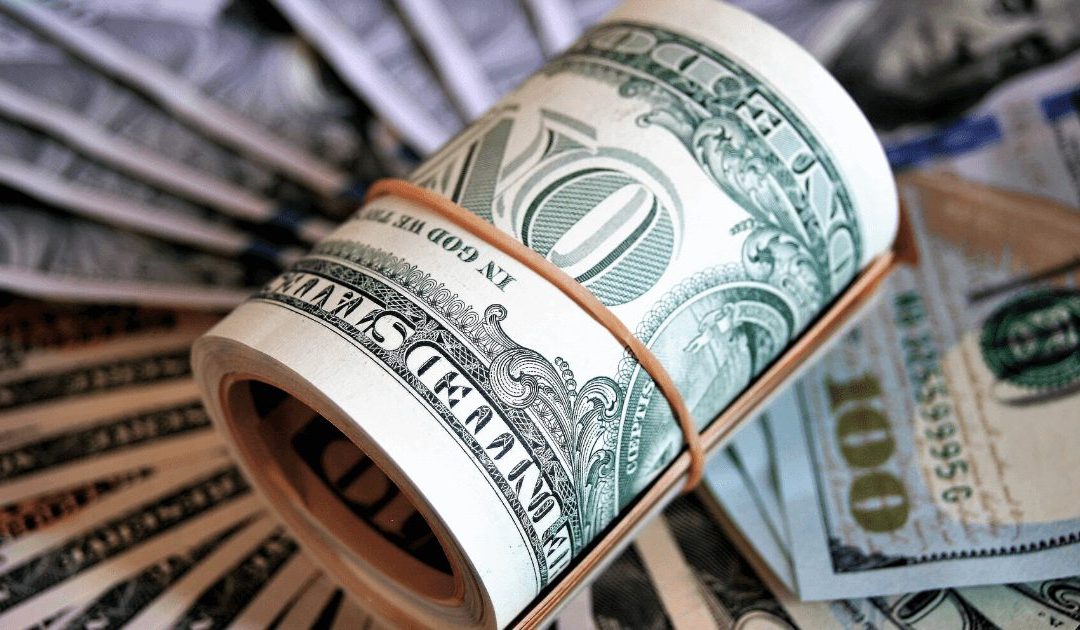By James Owen
Building wealth doesn’t happen overnight.
But over the next few days, you’ll likely have to make some decisions that could help you build long-term wealth.
In late March, Congress passed the Coronavirus Aid, Relief, and Economic Security (CARES) Act. This sweeping piece of legislation does many things, but this blog will focus on three aspects: the $1,200 financial stimulus check, the provision that allows a withdrawal of up to $100,000 from your retirement account, and changes to your federal student loan interest and payments.
Before we start, I have two caveats: First, Southern focuses on a long-term, generational approach to building wealth. It’s important to consider your unique needs during this time in consultation with a financial advisor. Also, the following assumes you have enough to meet your basic budget needs like food and shelter, which should of course, be a priority.
$1,200 Financial Stimulus
What to Expect: If your adjusted gross income is $75,000 or less and you’re single, you should receive $1,200. If you make between $75,001 and $99,000, you will receive less, and those making over $99,000 will not get anything. The income limit is higher if you’re married and filed a joint tax return or if you filed as head of household. Each child under 17 will receive $500. Here’s a helpful explainer on the amount you’ll get.
Your income is based off the 2018 tax return if you have not yet filed your 2019 return. The IRS has created a landing page where you can update your direct deposit information. The same page also has a “Get My Payment” tool to track when you should receive the payment.
What to Think About: It might be helpful to think about this check like a bonus tax refund. For many people, their tax refund is the largest single influx of cash that they might receive, and it pays to have a plan on what to do with it.
Indeed, treating it like your tax refund might be a good strategy. It could be used it to pay off high interest credit card debt, send a portion of it to savings, or to create an emergency fund. Since we know that 40 percent of Americans don’t have $400 in savings, saving at least $400 could help you weather the storm either to buy groceries in a few weeks or when you might need new tires in a year.
As my grandfather said, it’s better to have it and not need it than to need it and not have it.
401k Withdrawal
What to Expect: Depending on your situation, the CARES act might permit you to withdraw up to $100,000 from your 401(k) without a penalty for a coronavirus-related distribution (CRD). For example, you might qualify if you have been laid off, are unable to work because of lack of childcare, or had your hours reduced. Importantly, the CARES act only creates a CRD as an option; your employer still has to opt in to this benefit before you can access it. If you have questions about this, you should contact your human resources team or your 401(k) servicer. The benefit to this approach is that taxes are not due on the withdrawals for three years, so if you repay the balance quickly, it should be penalty-free.
What to Think About: While withdrawing early is an option, many have warned about such a move, citing other resources to explore first, including home equity lines of credit or balance transfer cards.
While it may be tempting to take out money now to get you through the crisis, it helps to understand this with a long-term perspective, and the impact of compound interest and market returns.
For instance, let’s assume you’re 50 years old and plan to retire at 70. You have $100,000 in your 401k that gets an average 7 percent return each year. Three years from now, that $100,000 would be worth $122,504. And if you continued to leave it there for 20 years until you retire, that $100,000 would be worth nearly $387,000.[1]
Before you make the decision to withdraw from your retirement, make sure to do a cost-benefit calculation to make sure it makes sense for this year, next year, and 20 years down the road.
Student Loan Interest
What to Expect: The CARES act also provides some student loan relief. While the federal government won’t pay your loan off, it is deferring the interest on any federal student loans you may have and automatically placing them into a six-month forbearance, which means you don’t have to make payments until October 2020. This is only for loans owned by the US Department of Education (ED), including those through loan servicers like Great Lakes, Nelnet, or Navient. This does not include private loan refinancers. Be aware that companies who service loans owned by ED also service private loans. If you’re unsure about what type of loan you have, contact your servicer. You can find more coronavirus-specific information on the Studentaid.gov website.
What to Think About: Through the end of September, you should not be charged interest or have to make payments. So you might have an extra few hundred dollars in your budget for the next few months. You can take advantage of this reprieve to pay down your student loan principal, but it also provides an opportunity to eliminate high-interest debt like credit card debt. Your student loans are probably less than 6 percent interest. Your credit cards could be as high as 26 percent. Paying off the higher interest option will save you money in the long run. Car loans could be another option to explore.
Whatever you do, having a long-term view, running some
numbers, and thinking through the implications before you act will help you
make the best financial decision. The government is giving you three choices –
you don’t have to get every choice right, but making informed decisions could
be your first step in building wealth. If you have questions or need specific guidance,
contact a U.S.
Department of Housing and Urban Development-certified housing and credit
counselor at organizations like Southern Bancorp.
[1] Assumes a 7 percent annual return for 20 years.

